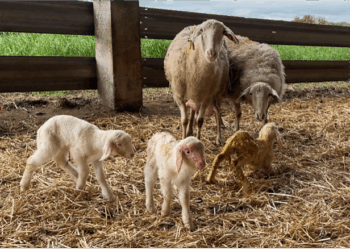What is the impact of ovine respiratory complex?
This disease has a huge financial impact, and not only because of its high mortality rate in young animals.
Respiratory syndrome is the principal cause of death in animals over 18 days old.
The main impact is from indirect losses, such as delayed growth and loss of production. Also, in adults it tends to be chronic, which increases losses.
At least 30% of animals arriving at the slaughterhouse have lung lesions, and the figure rises to 50% in adult animals.
In recent years, a reemergence of the disease has been observed, due to restrictions on the use of antibiotics. This is why prevention measures are crucial.
What are the risk factors for the disease?
- Temperature: especially if there are large changes in temperature.
- Air quality: good ventilation and adequate stocking density are always necessary.
- Stress: it is crucial to avoid stress factors.
All stress factors, such as shearing, transport, handling, etc., increase respiratory problems.
What pathogens cause it?
Mannheimia haemolytica is the main pathogen in ovine respiratory complex, but Pasteurella multocida, Bibersteinia trehalosi and Mycoplasmas can also be involved.
M. haemolytica is normally found in the upper respiratory tract and when it reaches the lungs it produces a leukotoxin, which is the cause of the lesions and the disease.
Leukotoxin is the main pathogenic factor in respiratory complex.
What is the best way to control the problem?
There are two fundamental points for controlling and preventing ovine respiratory complex:
- Reducing the predisposing factors.
- Vaccination plan adapted to the farm. The most effective vaccines are those that protect against leukotoxin.




